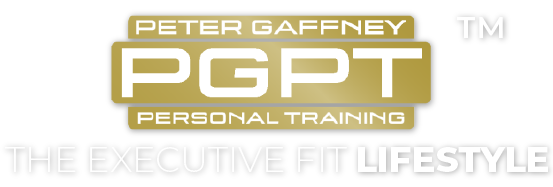As with most questions regarding change in health, nutrition, fitness and wellbeing the answer is often: ‘it depends’…
What type of person are you?
What have you experienced previously?
What’s your environment like?
What are the roadblocks to reaching your goals?
Do the people around you support you reaching your goals?
These are key areas to consider before deciding what is realistic in achieving your desired health & fitness outcomes.
When setting goals it’s important to have a process. We need to break the goals down into skills, practices and then actions.
- Skills are what our clients need to learn, maintain, or improve to move towards those goals.
- Practices are what will help build those skills.
- Actions are small and regular behaviours that support these practices.
Even if you choose a massive, life-altering goal, the specific actions you choose to reach that target should be small and manageable.
Here we can consider the 5-S approach:
- Strategic (connected to the goals, removing obstacles, playing to strengths)
- Segmental (smaller pieces to a larger whole)
- Sequential (carried out in a logical step-by-step order)
- Simple (relatively straightforward and clear to understand and do)
- Supported (guided by the coach/family/friends)
We want to ensure all skills, practices and actions fit into this system.

Remember we don’t have to fix everything at once, nor should we try. However every action we try should move us towards our goal.
We want to find the simplest (easiest) tasks that require little effort and fit well into a client’s lifestyle, but that also have the highest impact. For example, merely pausing before reaching for a snack and asking, ‘Am I actually hungry?’ could be incredibly effective for helping a beginner eat less.
Have a clear ‘why’ behind every task. We want to create meaningful and purposeful actions that are connected to the client’s goals.
Let’s look at an example of a middle-aged man (let’s call him Jim) who wants to lose 30kg. Jim has a tough journey ahead, one that will require discipline, consistency and, among other things, a supportive environment.
We’d want to help Jim focus on what he’ll do (skills, practises, and actions) rather than overall outcome (losing 30 kilograms). We may start with his morning routine, which he struggles with and which doesn’t set up his day very well, and leads to snacking, low energy, and other unhealthy behaviours. Or we could tackle his choice of foods, his sleep or portion sizes or his hunger and fullness cues.
These options can be broken down to smaller steps that Jim could start immediately, and we ensure he’s ready, willing and able to complete the task. For example, if we decide together that we’d like to work on his choice of foods we may start with his shopping list, clearing out the kitchen, buying a water bottle, aiming to eat 2 servings of veggies at each meal, or adding some menu options to include a wider variety of nutritious foods.
We like to use the idea of a continuum or a scale of more desirable, healthy action steps. If Jim is moving along the continuum in the right direction and seeing good results, we’re happy. If he’s not, then we must reassess the underlying actions and behaviours and our consistency with completing them.
The ‘all-or-nothing’ approach, which is often so common in this area, can be incredibly detrimental and even harmful in some cases. Regardless of whether an individual wants to aim high or start small we would always encourage the client to break things down into sizeable chunks and oftentimes focusing on managing the small daily actions and behaviours rather than focusing on the outcomes.
Try having a think about the goals you have and if you could use some of the information above to make reaching them simpler, easier, and broken down into smaller skills, practices and actions.
Best of luck,
Coach Yudi


